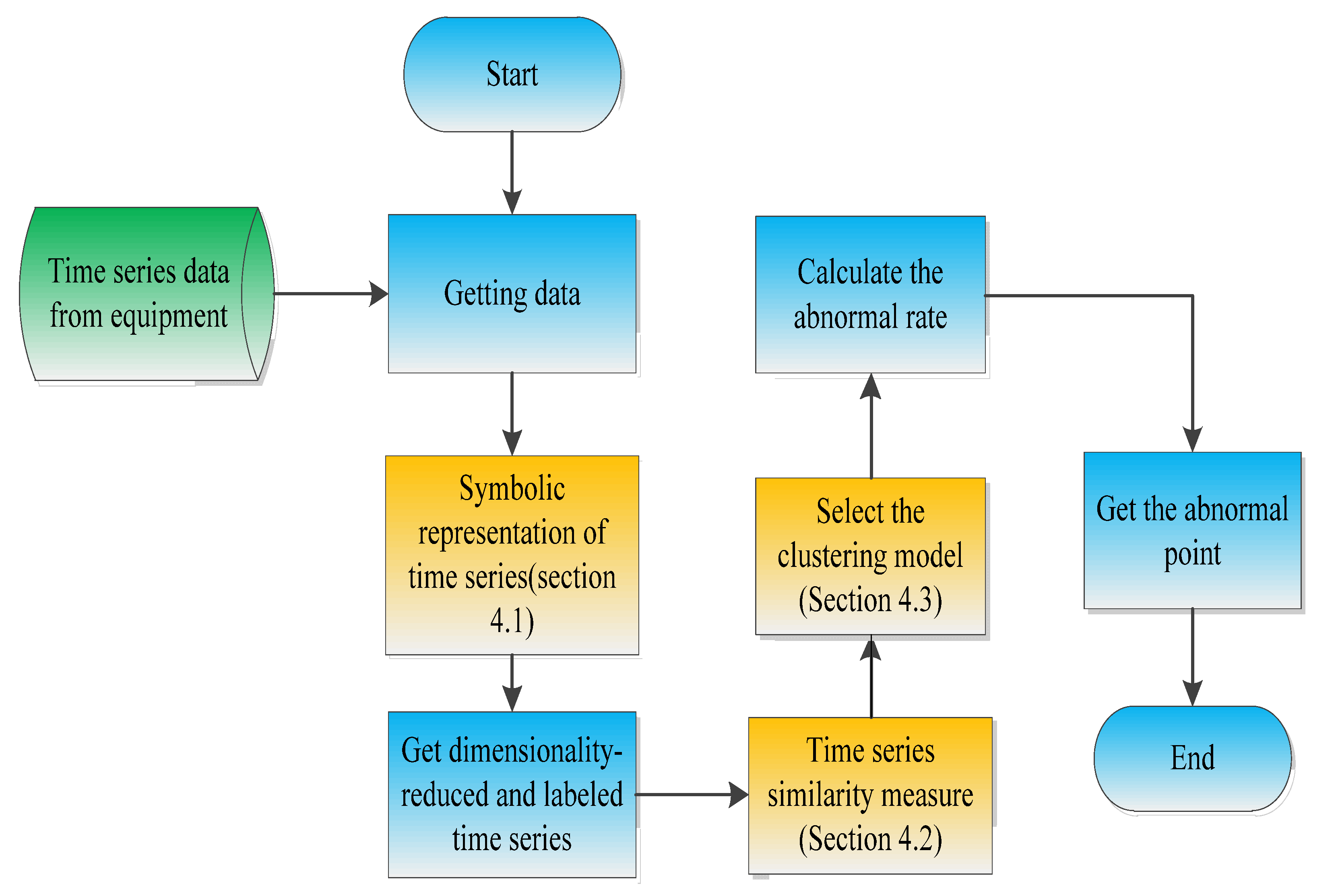

This refers to the mean QRS vector being less than 0 degrees. Holter monitors interpreted by non-pediatric cardiologists may label this as recurrent SVT. Frequently these situations result in sinus tachycardia because of the fear reaction. Unfortunately, when it is very pronounced, it can be a cause for concern in the patient or parents who interpret the irregular rhythm as abnormal or possibly (in medical families) as a sign of atrial fibrillation. This is invariably normal and physiologic. If a murmur is present or there are potential cardiac symptoms or the QRS duration is >120msec cardiology evaluation is warranted. Sometimes medications can cause conduction delay, this is felt to be benign. But since there is a small proportion of patients who do have an abnormality, a decision on whether or not the patient should be evaluated further depends on the reasons for the electrocardiogram.Ĭause for concern: This may be a manifestation of RV enlargement in situations such as an atrial septal defect or anomalous pulmonary venous return. The difficulty for cardiologists reading an electrocardiogram with conduction delay without seeing the patient is that it is tempting to label it as normal since the vast majority of the patients with this, in fact, have a normal heart. It is mostly a variant of normal, especially in athletes. This is also known as conduction delay, IVCD, or incomplete right bundle branch block (iRBBB). This is a brief review of the terminology and implications of ECG interpretations to assist providers in their decision making.

The physician receiving ECG results may question what these mean in some instances, what is significant and finally, what to do with the results.


 0 kommentar(er)
0 kommentar(er)
